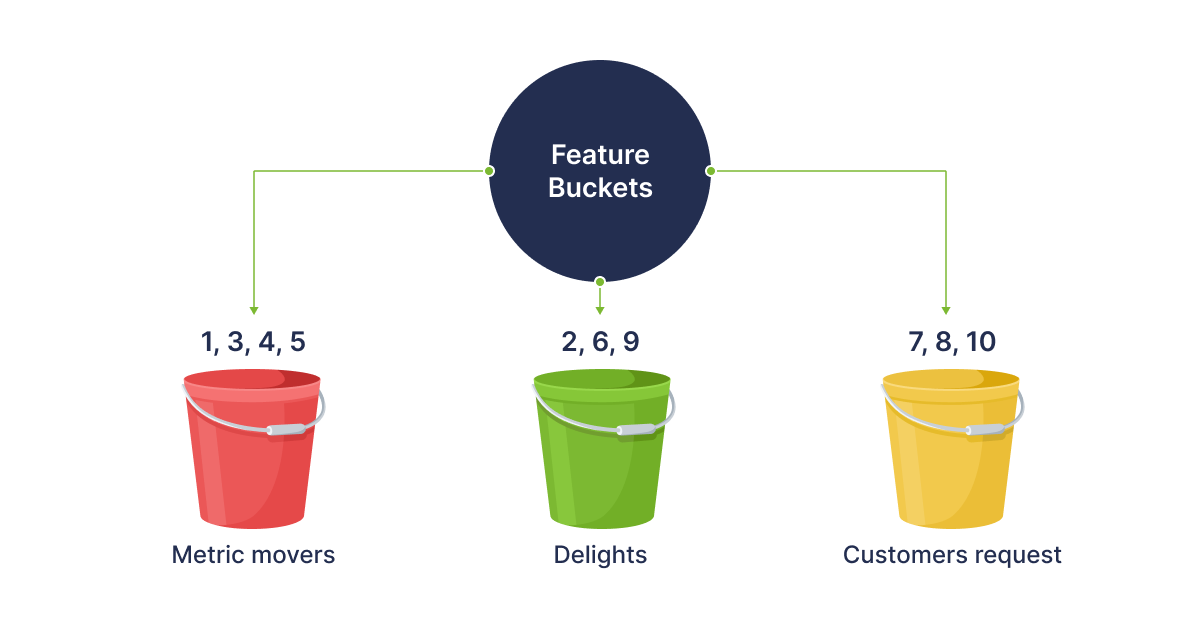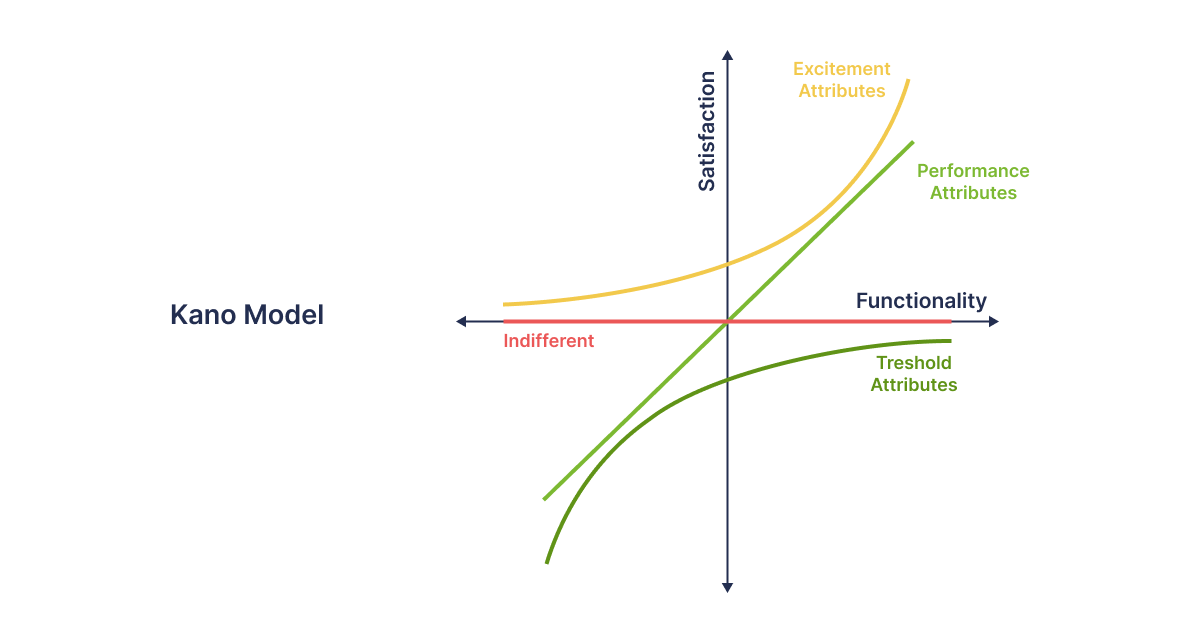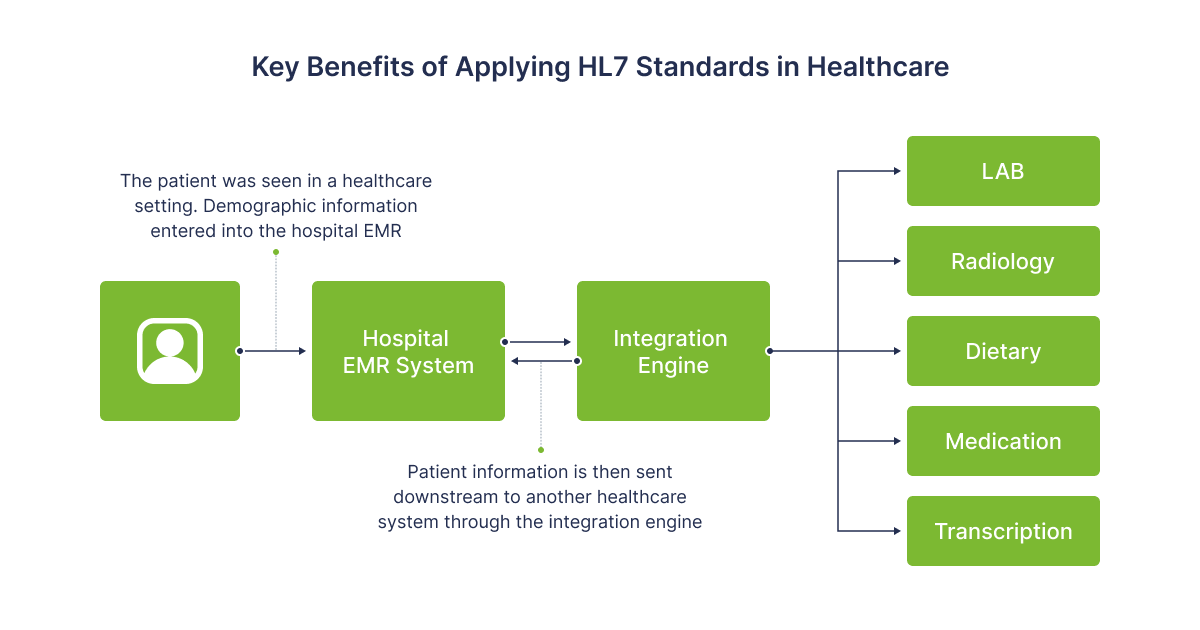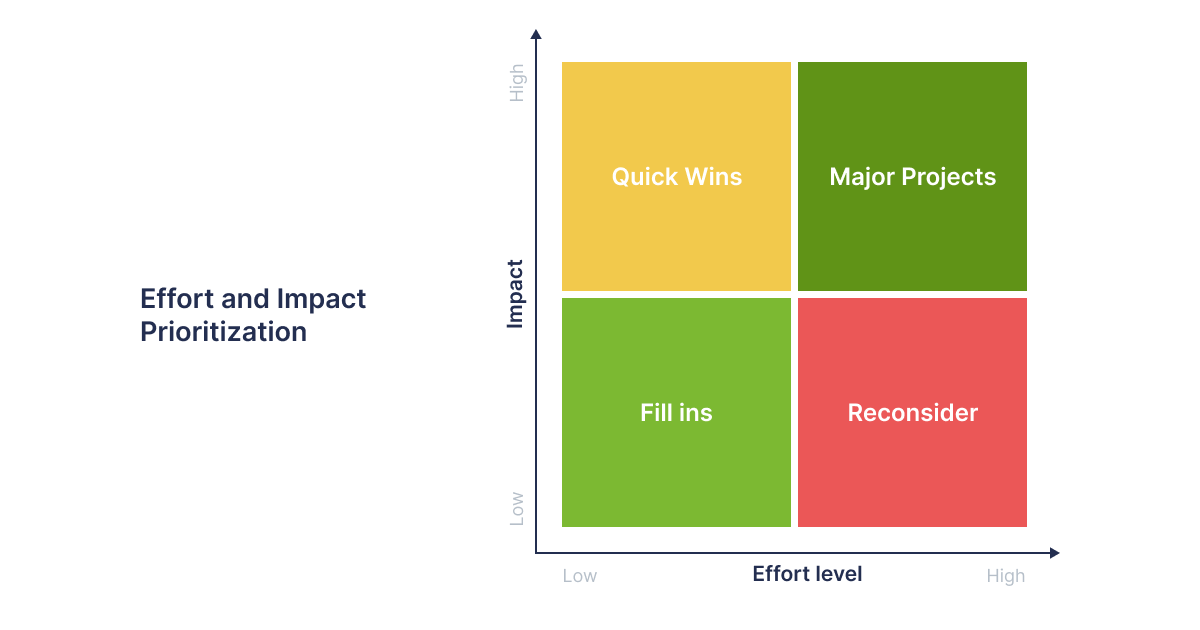Feature Prioritization Techniques for Your MVP
Recent studies show that 9 out of 10 startups fail. Moreover, more than 40% of projects from this number remain at the same stage in their development cycle, unable to scale at least a little due to incorrect analysis of market problems and needs.
Assessing consumer demand was the first thing startups should have done before presenting their product. In practice, this means proving the viability of the concept and prioritizing product features. And since to include all the features in an MVP is technically impossible, it is important to identify the key features of the trial and implement them at this stage. How the prioritization of functions is performed at the initial stage, we are going to describe below.
What is feature prioritization?
Confirmation of the concept of a minimum viable product is presentation of the MVP to the market. The conceptual version allows you to evaluate how your product is accepted in the market and how positively investors react to it. MVP is a kind of test for saving money and efforts in further work.
To produce the most positive effect, this program must contain the necessary functions, that justify the rationality of its purchase and use. And it is possible to correctly prioritize the functionality of the application if there is understanding of the criteria for selecting such functions.
How to prioritize your product development
Well-defined prioritized product features prove that your product:
- is unique;
- is useful;
- generates income for the owner of the business;
- can get ahead of competitors when launching in the market and get the first users;
- is within development schedule and on budget.
Now let's move on to a step-by-step guide to identify key MVP features:
- Study your target audience and user.
- Outline the user problems your product solves.
- Find out how the audience are accustomed to solving their problems.
- Study direct and indirect competitors.
- Know your strengths and advantages over competitive offerings.
- Create your unique offer, taking into account the needs of customers.
Key Roles in Feature Prioritization
In the company's team, there are several persons who are responsible for defining priority functions.
1. A business analyst who identifies problems and solutions. The business analyst discusses the issues of budget planning, forecasting, monitoring the product development workflow, and accelerated product development in case of backlog.
2. A project manager, who is responsible for organization of the workflow. For this purpose s/he:
- describes the development process;
- draws up technological documents;
- distributes roles in the team;
- analyzes the needs of the project;
- takes into account the budget, time frame, and risks to prioritize functions;
- keeps track of dynamics.
3. The client does not directly define the strategy to prioritize features but provides valuable feedback to guide the team.
Read also: MVP vs Beta-version: What is the Difference?
MVP Feature Prioritization Models
There are several approaches to prioritize MVP capabilities.
Priority Matrix
Priority matrix - classification of functions into 4 groups - must-haves, desirable for later versions, even less significant (a lot of time and money is spent on their development), useless.

Feature Buckets
Segments of functions. According to the methodology, the features are divided into three segments - customer requests, metrics to improve the application performance, and attractive features ("causing excitement").

The Kano model
The Kano model is a custom approach that involves the division of functions into the following groups:
-
Threshold - critical for the performance of the program;
-
Performance - weighty for the user's work;
- Excitement - not mandatory, but arousing interest in the audience.

Relative weight prioritization
Relative weight prioritization, which combines the features of the two previous approaches. The value of each function has a numeric equivalent. To determine the weight, the following factors are taken into account:
-
benefit;
-
punishment - the results of non-compliance;
-
the cost of implementing the function;
- the risks of developing a problem in the presence of such a function.
Numeric assignment
Application functions are assigned a priority - high, medium, or low.
Bubble sort method
Bubble sort method, in which the capabilities of the application are analyzed and compared in pairs. Those features that have received the most benefits move up the list and become the highest priority.

Impact Method
The effort and impact method, where the value and complexity of each program opportunity are analyzed. To do this, the balance of effort required for implementation and the value of the function is weighed. Thus, the functions are divided into the following subgroups:
-
quick wins;
-
large projects;
-
additional;
- requiring revision.

Opportunity assessment
Opportunity assessment - an interactive approach based on collaboration with users and their survey to determine priority opportunities.
Speed boat technique
Speed boat technique, according to which your project is a ship sailing on the sea, MVP is an island, functions are anchors or, conversely, the wind in the sails. The definition of functions by this method is carried out in a brainstorming session.
Mapping user stories
One of the most applicable techniques that involve all project participants in the work. In the course of prioritization, a goal is outlined - to order food, for example. In this goal, smaller steps are distinguished, such as choosing a kitchen, etc., with each action recorded in the user story format. After that, several stories are compared, comparing goals and significance.
The Software Development Hub is dedicated to creating MVPs for web and mobile applications in the fields of medicine, education, e-bookkeeping, home automation, and security technologies. When working on a project, we strive to achieve compliance with business objectives and minimize client costs, so we recommend to include trial stages in the development cycle. When creating an MVP, our business analyst relies on the best method in order to identify key functions in your case, which allows you to shape the concept of the product.
Categories
Share
Need a project estimate?
Drop us a line, and we provide you with a qualified consultation.









